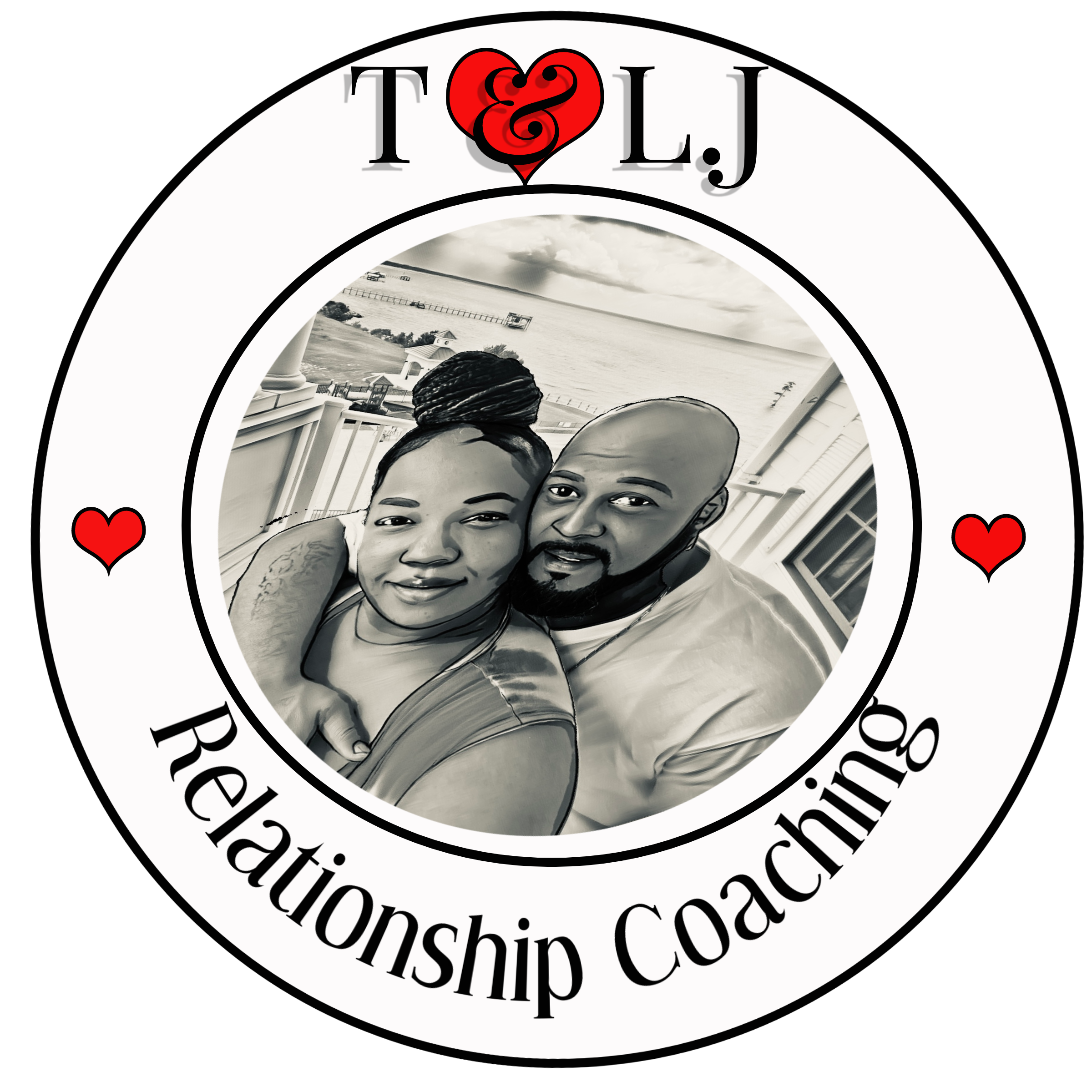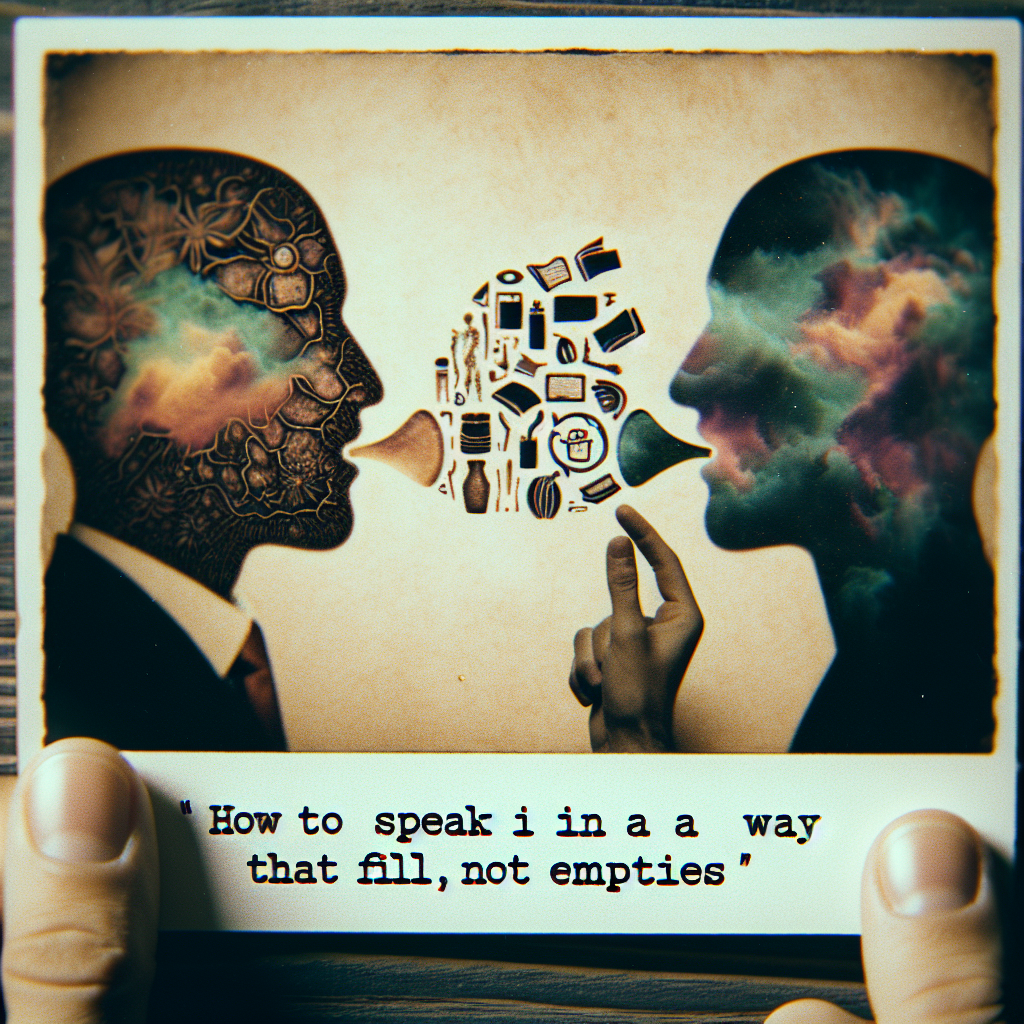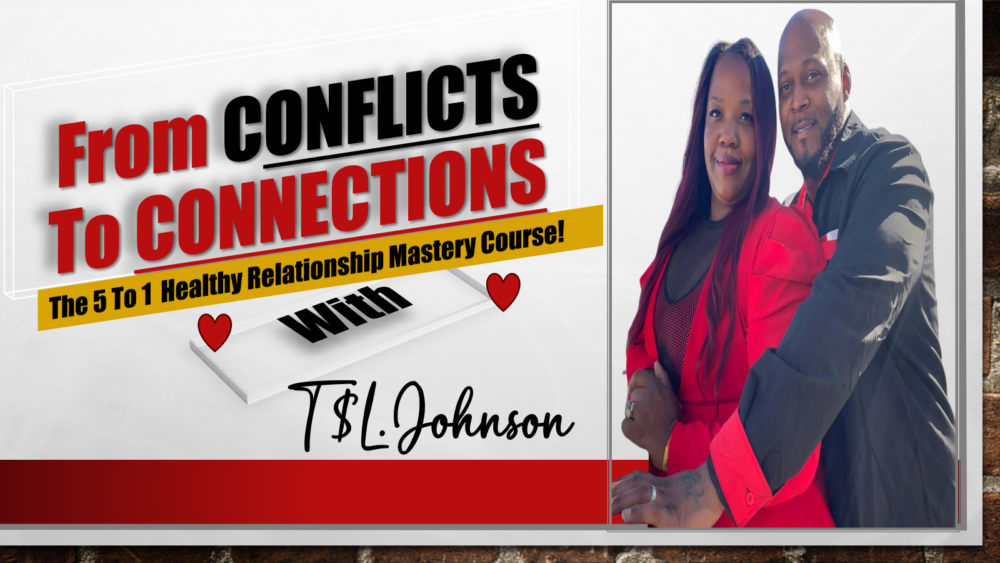Understanding the Nature of Conflict
Recognizing the Source
Conflict often starts from a place of misunderstanding, right? When we’re in a team setting, it’s easy to misinterpret someone’s intentions or statements. Let’s face it, we all come from different backgrounds and perspectives which can lead to those “ah-ha” or “uh-oh” moments. I’ve found that the first step is always to pinpoint where the conflict is really coming from. This awareness can be a game changer.
For me, recognizing the source meant focusing on my emotional triggers. There were moments in my past where I’d feel defensive over comments that didn’t necessarily warrant that reaction. By understanding my feelings, I’ve learned to separate my emotional response from the actual issue at hand. It takes practice, but it really helps shift the focus back to the team objective.
It’s also crucial to encourage open dialogue in your team. Let people express their thoughts. Just being able to talk it out can often dissolve potential conflicts before they escalate. Remember, we’re all in this together!
Maintaining Perspective
Shifting perspective can be challenging, especially when emotions are running high. I often remind myself to step back and look at the situation from another angle. It can be easy to feel like you’re right and the other person is wrong, but what if you could find a middle ground? I’ve learned that viewing the conflict through the lens of the larger team goal can help put things in perspective.
When maintaining perspective, I also try to consider the other person’s motivations. This doesn’t mean you always have to agree, but understanding where they’re coming from can really help ease the tension. I often ask myself, “What’s their objective?” This simple question can shift my mindset from confrontation to collaboration.
Lastly, remember that conflict isn’t inherently bad. Sometimes it leads to innovation and better ideas. So instead of avoiding it, let’s embrace it! Let’s challenge ourselves to dig deeper and explore different solutions together.
Strategies for Addressing Conflict
Now onto the juicy part—how do we address conflicts? Well, one of my go-to strategies is to set up a conflict resolution framework. This could be as simple as a quick team meeting or a more structured approach, depending on the situation. I like to have a clear agenda in mind, so everyone knows what to expect.
Another effective strategy I’ve come across is the “I feel” statements. Instead of saying, “You never listen to me,” I reframe it as, “I feel unheard when my ideas aren’t considered.” It makes a world of difference! It focuses on feelings rather than accusations, which tends to lower defenses and opens up a more constructive conversation.
Lastly, I always advocate for follow-ups post-conflict. It’s essential to check in with each other and see how we’re feeling after a special discussion. This fosters a sense of camaraderie and promotes an environment where everyone feels safe expressing their thoughts moving forward.
Fostering a Collaborative Environment
Encouraging Open Communication
Open communication is fundamental in a team. From personal experience, I can tell you that when people feel comfortable expressing their thoughts and concerns, conflicts rarely reach a boiling point. I try to make it a point to create an atmosphere where everyone can voice their opinions without fear of judgment. Having those open lines of communication lays the groundwork for effective collaboration.
Team meetings can significantly enhance open communication. By having regular check-ins, I notice people are more likely to speak up about their concerns before they fester into bigger issues. I also encourage “active listening” during discussions. It’s not just about hearing but really understanding one another, which can improve team dynamics immensely.
Building a culture of honesty and transparency is vital, too. I often find that when team members feel valued and respected, they’re more invested in not only the success of their ideas but also of their colleagues. It creates a genuine team spirit that can overcome conflicts more naturally.
Building Trust Among Team Members
Trust is another enormous piece of the puzzle. I can’t stress enough how much it influences how we handle conflict. I’ve realized that building trust takes time, but it can be cultivated through shared experiences, teamwork, and positive interactions. I love initiating team-building activities that foster camaraderie—sometimes just getting to know each other beyond the work setting can solidify those bonds.
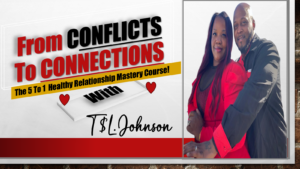
Moreover, respecting each other’s boundaries and being reliable can contribute significantly to building trust. If I say I’m going to do something, I make sure I follow through. When team members see that they can rely on one another, it creates a stronger foundation for handling any disputes that may arise.
Finally, sharing vulnerability can also enhance trust. When leaders, including myself, admit mistakes or uncertainties, it creates a safer space for everyone. It conveys the message that we’re all human and learning together, which deepens the connection among the team.
Promoting a Shared Vision
Having a shared vision is like a North Star for a team. When we have common goals, we can align our efforts and focus even amidst conflicts. Every time I find my team distracted by disagreements, I circle back to our objectives. It serves as a powerful reminder of why we’re working together in the first place.
To encourage a shared vision, it can be helpful to co-create goals. I’ve often facilitated brainstorming sessions where everyone can contribute their ideas. This not only enriches our objectives but also allows everyone to feel a sense of ownership in the journey, which is critical for motivation.
Lastly, I frequently celebrate our milestones. Recognizing successes helps reinforce our shared vision and fosters an atmosphere of gratitude and collaboration, reminding us that we can work through conflicts as a cohesive unit.
Conclusion: Turning Adversity into Team Strength
In summary, handling conflict like a team instead of opponents requires us to embrace understanding, maintain perspective, and foster collaboration. We must recognize that conflict isn’t about winning or losing; it’s about learning and growing together. Whenever I encounter conflict, I remind myself that it’s an opportunity for improvement, not a setback.
By incorporating these principles, I’ve witnessed firsthand how conflicts can strengthen relationships rather than break them. Trust, transparency, and shared objectives are all critical ingredients for a healthy team dynamic.
So the next time you find yourself in a conflict, remember: we’re teammates in this journey. Let’s tackle our challenges together!
FAQ
1. What are the main steps for handling conflict effectively?
The main steps involve recognizing the source of the conflict, maintaining perspective, addressing the conflict with strategies, fostering a collaborative environment, and promoting a shared vision.
2. How can I encourage open communication within my team?
Create a safe space for dialogue by conducting regular check-ins, practicing active listening, and promoting an atmosphere of honesty and transparency.
3. What role does trust play in conflict resolution?
Trust is crucial as it helps create an environment where team members feel safe expressing their feelings and concerns without fear of judgment.
4. How can we maintain a shared vision to reduce conflicts?
Co-create goals through team brainstorming sessions and celebrate milestones together to strengthen the sense of ownership and alignment towards common objectives.
5. What should I do if conflicts escalate?
If conflicts escalate, it may be useful to take a step back, reassess the situation, and bring in a neutral third party if necessary. Creating a structured framework for resolution can also help bring clarity to the discussion.
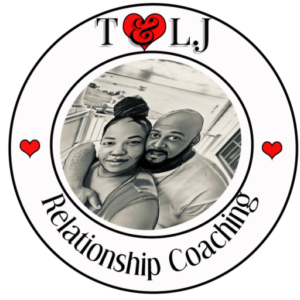
Schedule Your First 20-Minute Coaching
Call With Us Today to see if we fit . You pick the price!
Click Here
